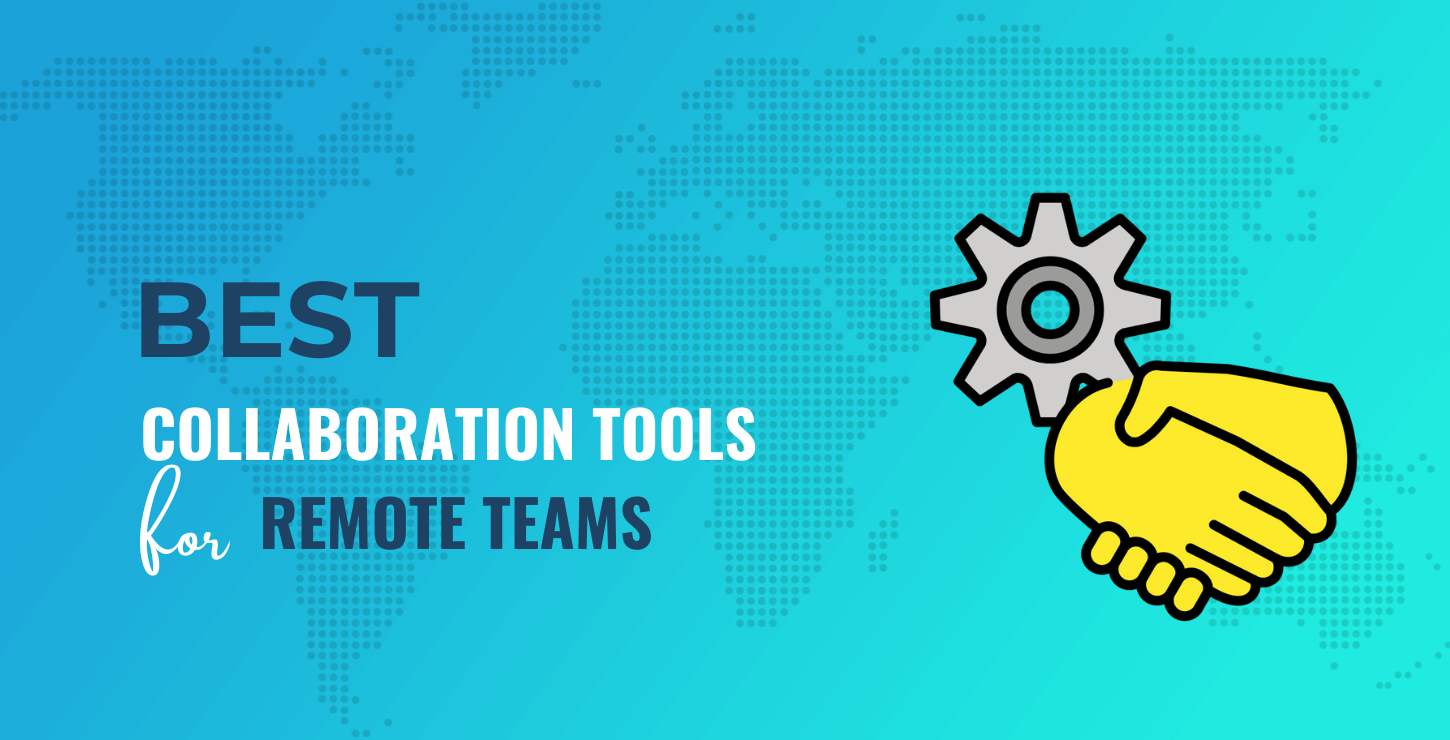While “enterprise technology” has become a buzzword in modern business, its strategies that are underlying importance that is great organizational success. It has become so prevalent these days that are full the enterprise software industry forecasts to generate $271.80 billion in sales by 2023!
Enterprise tech refers to the software, hardware, and systems which allow businesses to improve customer experiences, increase productivity, and streamline operations. When thoughtfully applied, it provides a mechanism that is adapting that is powerful changing market conditions, strengthening critical partnerships, and refining internal workflows.
What Is Enterprise Technology

Put simply, enterprise technology refers to solutions that are software specifically to meet the needs of organizations rather than individual users, looking at the broader picture.
Apps, video games, e-commerce, social networking, ERP, and the internet are among the most popular enterprise technology categories. Keeping IT infrastructure in-house rather than outsourcing can lead to more reliability that is excellent cost savings in the run that is long.
Businesses can radically transform their operations by leveraging the charged power of enterprise technology. Customizable enterprise software allows companies to develop solutions that are tailored address their needs that are unique challenges.
There has been a demand that is business-to-business that is risingB2B) enterprise solutions that optimize internal processes in recent years. An number that is increasing of recognize how strategically investing in enterprise technology can streamline workflows, boost productivity, and provide a edge that is competitive their industry.
Whether your goals involve improving sales and customer relationships, overhauling manufacturing infrastructure, or incubating new products, enterprise platforms can be your bet that is best. Businesses can realize performance that is new by leveraging the power and scalability of specialized enterprise systems.
Types of Enterprise Technology
Let us look at some essential types of enterprise technology.
Content Management Systems (CMS
Enterprise tech that is frequently utilized, particularly in marketing, is content management systems. With the help of the software solution, organizations can manage and distribute their content across numerous media thanks to features like WordPress.
Security Monitoring Systems
A variety of features are included in security monitoring systems, which are intended to shield companies from online dangers. They help monitor various aspects of a company that is ongoing such as network activity, endpoints, devices, and account access, to ensure security.
By using security monitoring systems, businesses can protect their networks and data that are sensitive breaches that are potential cyber attacks.
Accounting Software
The type that is third of technology is accounting software, used for bookkeeping and tracking that is financial. Accounting software automates repetitive tasks, making the accounting process more accurate and efficient.
Enterprise accounting solutions help businesses keep track of their financials, especially in larger companies, where the accounting process can be tedious.
Benefits of Enterprise Technology
 Owing to the known fact that enterprise technology looks at the bigger picture, it also offers upsides that are multiple. Let us look at the benefits:
Owing to the known fact that enterprise technology looks at the bigger picture, it also offers upsides that are multiple. Let us look at the benefits:
Better process management
Forward-thinking companies recognize that enterprise technology solutions can help drive outcomes that are meaningful their operations. These innovations empower organizations to thrive by streamlining workflows, optimizing data management practices, facilitating collaboration, enabling flexibility, and security that is strengthening.
Saves time
Automating routine processes through integrated systems allows you to work that is complete efficiently, freeing time that is up valuable resources to redirect toward strategic initiatives. Sophisticated analytics and reporting tools provide actionable insights, supporting decisions that are informed with organizational goals.
Promotes collaboration
Enterprise technologies break down information silos. Their collaboration features promote seamless sharing of knowledge across departments and divisions, fostering a culture of partnership.
Agility
The platforms that are integrated confer advantages that are adaptive. A business can respond nimbly to market shifts, or customer needs with enterprise solutions. Quick configuration changes support an strategy that is disruption that is evolving daily operations.
Enhanced security
The security that is robust are critical. Enterprise technology, such as specialized VPN solutions, offers security that is infrastructure that is multi-layered critical data, strengthening resilience to cyber attacks. It defends against increasingly attacks that are complex guarantees the operation that is continuous of business systems.
Organizations can work smarter, make better decisions, and continuously adapt for long-term advantage that is competitive using business that is innovative solutions.
Implementing Enterprise Technology
Now you may be wondering how to implement it that you have understood the meaning and the advantages enterprise technology brings to the table. We have got covered!
Phase 1: Software Evaluation and Selection
The step that is first a enterprise that is practical implementation is software selection. With so options that are many, it’s essential to evaluate technologies that are different the marketplace objectively.
How do you go about it? Well, you need to understand the organization’s priorities and identify which technologies will business that is best that is solve. You must also define business processes, requirements, and preferences and evaluate them agnostic and unbiasedly.
Phase 2: Implementation Planning and Strategy
Now it’s time to map the implementation plan out that you have selected the software. While planning, you need to ensure that the plan fits the bill for your organization.
The implementation plan should include everything beyond technology and software, such as process improvement, organizational change strategy, data migration, solution architecture, and system integration.
Phase 3: Designing the Future State
With the implementation plan solidified, it’s time to start the design phase. You must clearly define the state that is future of processes so that you can accordingly design the software.
Phase 4: Building the Solution
After the design phase is complete, it’s time to move on to the phase that is build. Here, the resources that are technical build the software based on the specifications defined in the design phase.
Phase 5: Testing
Testing is a step that is crucial the software implementation process. You voluntarily create a recipe for disaster because the software may have bugs and issues if you release without testing. Testing involves three key phases, each serving a purpose that is ensure that is unique technology works properly before going live.
Unit Testing: Ensuring Individual Components Work Correctly
During unit testing, individual components of the technology get evaluated to ensure they work correctly. It includes testing a microcosm of the technology that is overall a business that is specific or function within the technology. You verify configurations and ensure that data flows through the system that is operational.
Integration Testing: Testing Components Within the Technology
The phase that is integration that is next, where individual technology components get tested together. You must also incorporate business that is end-to-end and any systems that are third-party this phase.
For example, suppose a ERP that is system that is new deployed. It requires integration with the capital that is human or execution system that is manufacturing.
User Acceptance Testing: Ensuring Business Needs are Addressed

User acceptance testing ensures that the technology meets the business that is continuing and processes. It frequently refers to conference room pilots, or CRPs, which are technology-based production simulations used to find any bugs or challenges that you need to fix before going live.
Phase 6: Going Live
Once testing is complete and you have taken care of all the presssing issues, it’s time to go live. However, before doing so, most organizations should have a checklist that is checkpoint that is no-go ensure everything is ready. A checklist is critical for risk mitigation to avoid any disruptions that are potential going live.
Phase 7: After Go Live
Here, companies address any issues. This phase is also an opportunity to discover optimization and business benefits you can gain from the operational system that is new.
There you have it. From the meaning to usage that is effective of technology, it has been covered by us all. Time to make the use that is best of this solution that is amazing make your business thrive!










